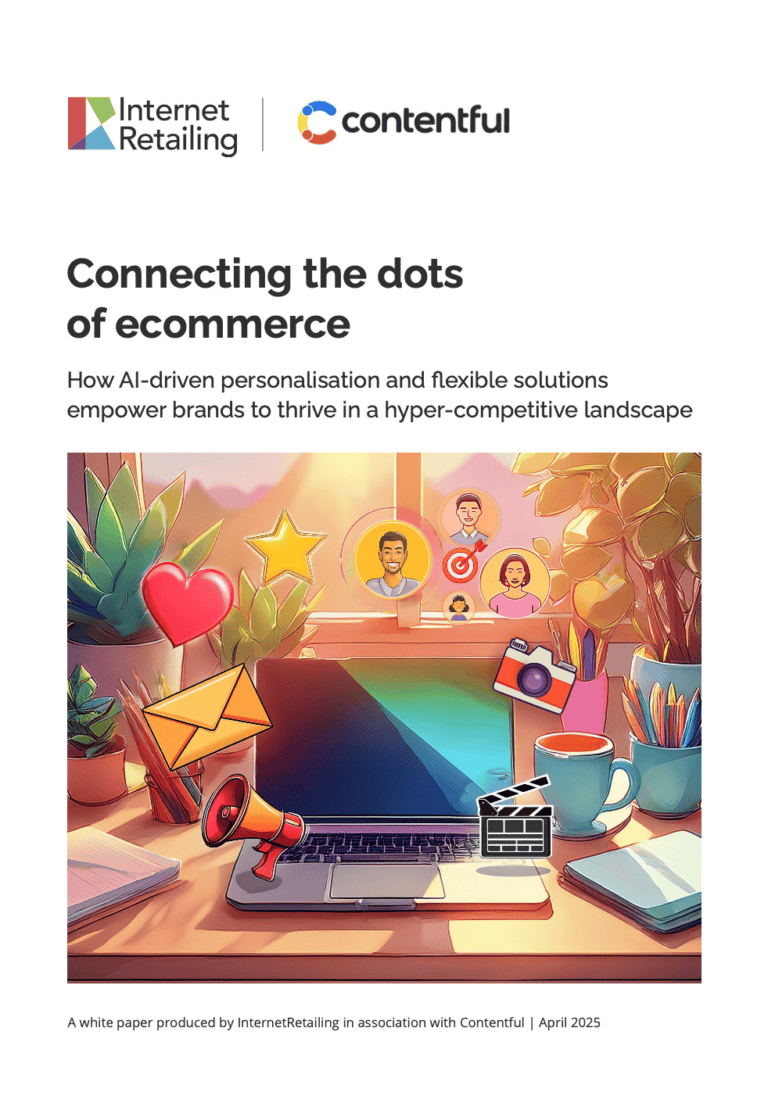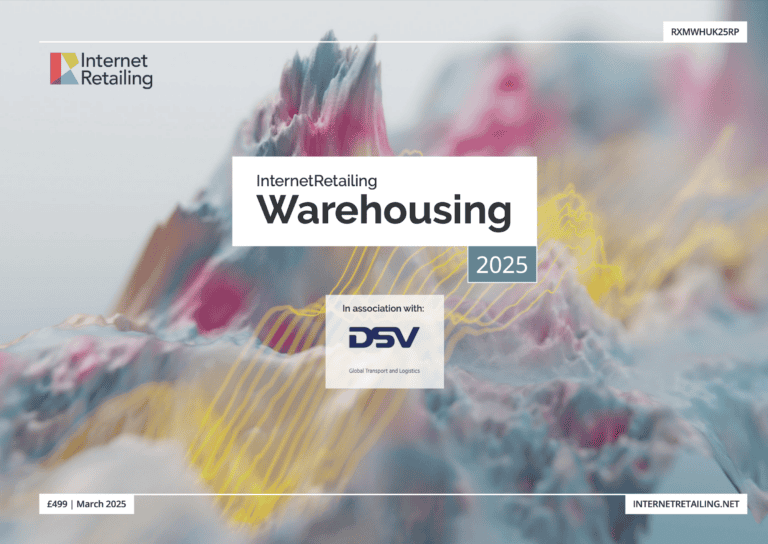Fewer than a third (29%) of UK consumers say they would like to see leading online brands such as Amazon and ASOS establish a physical presence on the High Street – begging the question: what do they want to see on the High Street?
Well, according to research by HSO, they want established stores to adopt a wide range of elements of online shopping in-store. The most popular option, referenced by 73% of the sample, was having screens in-store that allow you to quickly browse what stock is available. Many also want to be able to interact with the retailer and store using mobile.
More than half (59%) of respondents referenced ‘breadth of product range’ as a reason for using the online service offerings of digital brands like Amazon and ASOS over those offered by traditional High Street retailers.
This highlights just how important it is that retailers have a wide range of stock in place and that they keep levels constantly topped up, especially on landmark shopping occasions such as Black Friday and the Boxing Day sales.
Nearly two-thirds of the survey sample, (61%), referenced: ‘ensure a broad range of stock is in place and quickly replenished’, when asked what retailers could do to their customer service offerings to make them buy more from them.
Hector Hickmott, retail sales director, HSO explains: “Having a breadth of products in place and ensuring items are always in stock is becoming more and more of a differentiator for retailers – and with consumers increasingly fickle these days, businesses simply can’t afford to leave them disappointed, especially on the biggest shopping days where the opportunity to drive up sales is so much higher.”
Hickmott continues: “That’s where technology like enterprise resource planning (ERP) can help,” added Hickmott. “Not only can it give retailers complete visibility of their online and in-store stock, it can also guarantee they always have enough stock in place to meet customer demand while ensuring they don’t overstock and end up marking products down.”
Retailers running out of items online, where convenience is most highly-prized, is perhaps the biggest bugbear for consumers. The survey shows that retailers are likely to pay a significant penalty for this. When buying an item online, if the retailer is showing it to be out of stock but suggesting that stock is available in a store for collection, consumers’ preferred option is always to source another retailer online, no matter whether the item is clothing, a consumer electronics or DIY product, or a toy or a game.
“No retailer today can take brand loyalty for granted,” adds Hickmott. “Quality of service remains a key differentiator – and increasingly that is measured by how quickly retailers can deliver what the customer is looking for. Retailers need to know that if they do ever run out of an item online, the likelihood is that the customer will simply buy a similar item from one of their competitor’s sites.”
“Ultimately too,” he says, “it is further evidence of the power of online shopping. But there is still a demand for both kinds of retail, often in combination. As our survey indicates, while there is little interest in the big online brands setting up shop on the High Street, there is an appetite for retailers to introduce a wide range of techniques derived from online shopping in-store to enhance the ‘bricks and mortar’ retail experience.”









